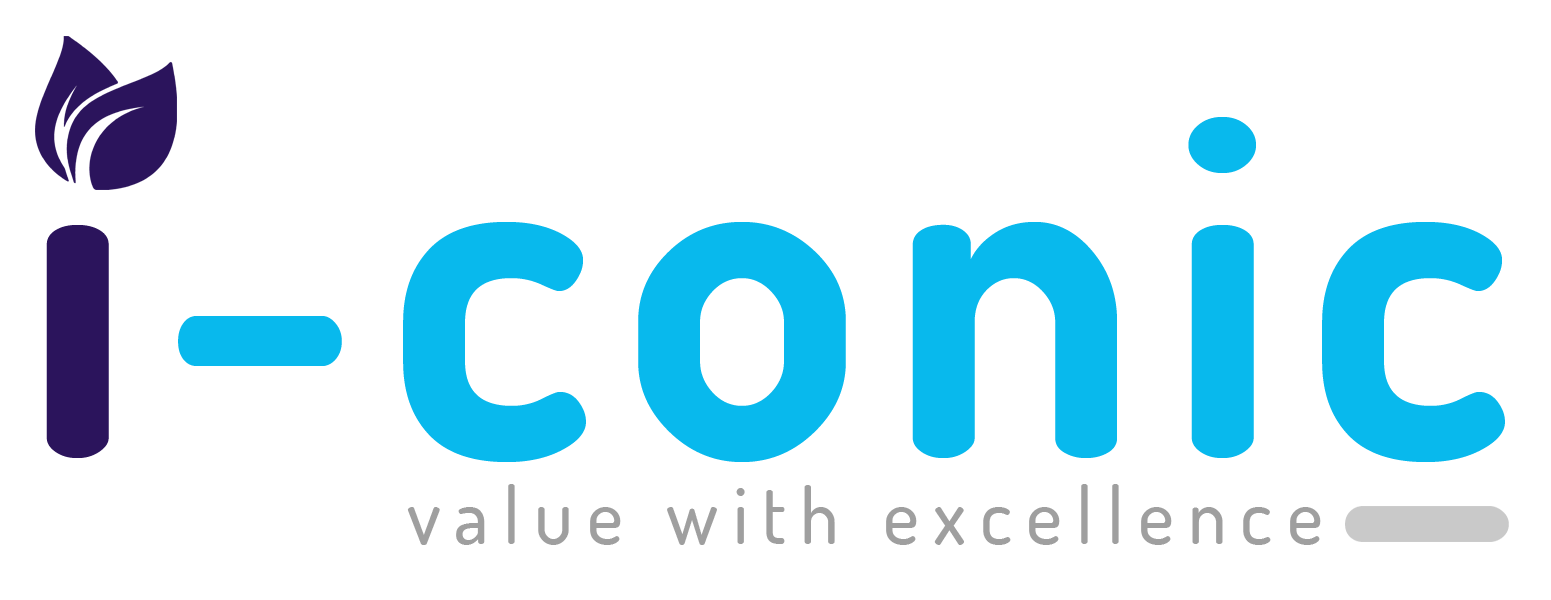Welcome to the complex world of bariatric surgery billing in 2025—where coding errors, pre-auth rejections, and payer-specific documentation requirements keep physicians and billers on edge. This blog will walk you through the most relevant CPT codes (43770–43775), essential ICD-10 mappings, CMS coverage insights, and strategies to reduce denials.
Mastering Bariatric Surgery Billing in 2025: Your Guide to CPT Codes (43770–43775 & More), ICD-10, and Avoiding Denials
Navigating the world of bariatric surgery billing in 2025 can feel like a tightrope walk. Even seasoned physicians and billers face challenges between complex coding requirements (like CPT codes 43770–43775), evolving pre-authorization processes, and payer-specific documentation demands. This guide will illuminate the path, covering key CPT and ICD-10 codes, CMS guidelines, and strategies to keep your claims approvals high and denials low.
What Exactly is Bariatric Surgery?
Bariatric surgery encompasses several procedures aimed at significant weight loss for individuals struggling with severe obesity. By modifying the digestive system, these surgeries offer a powerful tool for improving health. Typically, candidates have a Body Mass Index (BMI) of 40 or higher, or a BMI of 35 or more coupled with serious health conditions like Type 2 diabetes, hypertension, or sleep apnea.
Crucial Note for Billing: Demonstrating medical necessity is non-negotiable. Insufficient documentation is a primary reason claims are denied, especially under rigorous CMS and commercial insurance rules. Get this wrong, and reimbursement can disappear quickly.
Common Bariatric Procedures and Their Codes
Understanding the specific procedure and its corresponding code is fundamental:
- Laparoscopic Sleeve Gastrectomy (LSG): Removes about 80% of the stomach.
CPT Code: 43775 - Roux-en-Y Gastric Bypass (RYGB): Creates a small stomach pouch and reroutes part of the small intestine.
CPT Code: 43644 - Adjustable Gastric Banding: Places an inflatable band around the upper stomach.
CPT Codes: 43770 (Placement), 43771 (Removal)
(Note: This category includes the CPT codes highlighted in our title) - Biliopancreatic Diversion with Duodenal Switch (BPD/DS): A complex procedure combining elements of sleeve gastrectomy and intestinal bypass. (Coverage, especially under Medicare, can be limited).
- Revisional Bariatric Surgery: Procedures to correct or modify previous bariatric surgeries.
CPT Code: 43848
Using the correct CPT procedure code paired with the appropriate ICD-10 diagnosis code is vital for smooth claim processing.
Why Bariatric Billing Faces Increased Scrutiny in 2025
With obesity affecting over 42% of US adults (according to the CDC), the clinical need for bariatric surgery is clear. However, payers are simultaneously tightening their reimbursement criteria. Factors like AI-powered denial systems and stricter CMS documentation standards make accurate billing more critical and complex than ever. It’s like trying to solve a constantly changing puzzle – precision is key.
CPT 43770–43775: Core Codes in Bariatric Billing
These CPT codes represent the foundation of bariatric procedure billing. Make sure to link them with the appropriate ICD-10 codes for coverage justification.
| CPT Code | Description |
|---|---|
| 43770 | Laparoscopic gastric band placement |
| 43771 | Laparoscopic gastric band removal |
| 43775 | Laparoscopic sleeve gastrectomy |
| 43644 | Laparoscopic Roux-en-Y gastric bypass |
| 43848 | Revision of gastric bypass procedure |
Must-Know ICD-10 Codes for Bariatric Surgery Billing
Pairing ICD-10 codes with CPT 43770–43775 is crucial to support medical necessity. Here are the most commonly used:
| ICD-10 Code | Description |
|---|---|
| E66.01 | Morbid obesity due to excess calories |
| Z68.41 | BMI 40.0–44.9 |
| Z98.84 | Bariatric surgery status |
| Z68.45 | BMI 70 or greater |
| E66.2 | Drug-induced obesity |
Understanding CMS Guidelines for Coverage
Medicare, as detailed in Local Coverage Determinations (LCDs) often referenced by articles like A56422 and A53026, has specific requirements for covering bariatric procedures:
- BMI ≥ 35 with at least one significant obesity-related comorbidity.
- Proof of participation in a medically supervised weight loss program for 6+ months.
- Documentation showing non-surgical weight loss methods have failed.
- Completed psychological and nutritional evaluations.
- A formal physician recommendation for surgery.
Pre-Authorization: The 2025 Landscape
Electronic prior authorization is now the standard for most commercial payers and Medicaid plans. These systems often automatically flag submissions lacking critical details:
- Complete BMI history
- Psychological and nutritional consult reports
- Clear documentation of weight loss attempts (at least 6 months)
- Specific diagnostic evidence supporting comorbidities
- Formal surgical recommendation letter
To improve pre-authorization success:
- Use the payer’s specific forms.
- Double-check that all required reports (weight loss history, psych/nutrition clearances) are included.
- Clearly list comorbidities with supporting diagnostics.
- Submit everything electronically through the required portal.
Missing a step here is like forgetting a critical instrument for surgery – it halts the process.
Modifiers: Small Codes, Big Impact
Modifiers add essential context to CPT codes. Common modifiers in bariatric surgery billing include:
- Modifier 22: For procedures with significantly increased complexity.
- Modifier 59: Indicates a distinct procedure performed on the same day.
- Modifier 51: Used for multiple procedures during the same session.
- Modifier LT/RT: Specifies laterality (left/right) when applicable.
Incorrect modifier use can lead to bundling errors and payment denials. Handle them with precision.
Common Denial Reasons in Bariatric Surgery Billing
| Reason | Fix |
|---|---|
| Missing documentation of medical necessity | Use CMS-aligned EHR templates |
| Incomplete or missing pre-authorization | Create a pre-auth checklist and audit before submission |
| Coding mismatch (CPT/ICD-10) | Crosswalk codes monthly and use updated software |
| Procedure not covered under payer plan | Verify coverage pre-scheduling and collect ABNs if needed |
| Patient doesn’t meet eligibility criteria | Confirm BMI/comorbidity thresholds before OR scheduling |
Denial letters can feel like break-up texts—“It’s not you, it’s your BMI logs.”
Appealing Denied Claims: A Strategic Approach
Don’t give up on a denied claim. Follow these steps:
- Analyze: Carefully review the Explanation of Benefits (EOB) for the denial reason.
- Gather: Collect all relevant documents – medical records, consults, diagnostics, original submission details, pre-auth correspondence.
- Draft: Write a clear, concise appeal letter referencing specific payer or CMS guidelines that support coverage.
- Support: Attach all supporting clinical evidence and explain the coding rationale.
- Submit: Resubmit the appeal package within the payer’s specified timeframe (often 30–45 days).
Appealing can feel like a battle, but solid documentation and clear arguments can overturn denials.
Monitor Your Billing Health: Key Performance Indicators (KPIs)
Regularly track these metrics to spot and address issues early:
- Clean Claim Rate: Aim for 90% or higher (claims accepted on first submission).
- Days in Accounts Receivable (A/R): Keep under 45 days.
- Denial Rate: Strive for less than 10%.
- Pre-Authorization Approval Rate: Target 80% or more.
- Cost to Collect: Aim for $25–$35 per claim.
Monitoring these KPIs is like checking vital signs – essential for maintaining a healthy billing process.






